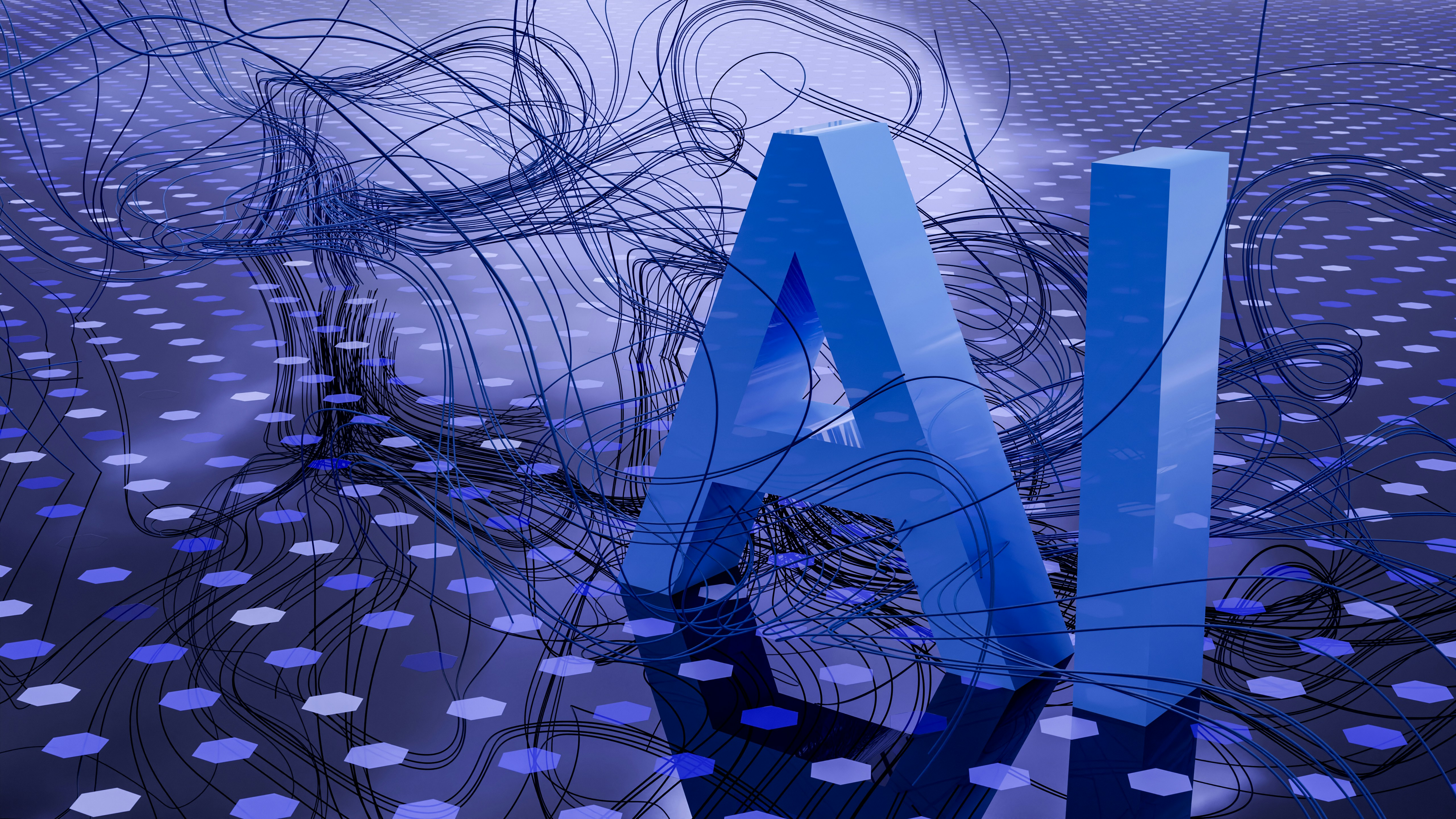Introducing AI Agents: The New Age of Digital Assistants
AI agents represent a transformative development in the realm of technology, embodying a new generation of digital assistants designed to facilitate various tasks. These intelligent systems function as anthropomorphic helpers, integrating advanced algorithms and machine learning models to enhance user productivity across a range of applications. From managing calendars and writing content to conducting extensive research, AI agents streamline daily routines, freeing up valuable time for users.
The essence of AI agents lies in their ability to perform tasks that traditionally required human intervention. For example, an AI agent can autonomously schedule meetings by analyzing the availability of all participants involved and selecting optimal times, thereby reducing the back-and-forth often associated with coordinating schedules. Additionally, these digital assistants can assist with content creation by generating reports, drafting emails, or even brainstorming ideas, which can significantly boost productivity in both personal and professional settings.
Key to the success of AI agents is their human-like traits, which foster intuitive and relatable interactions. By utilizing natural language processing and sentiment analysis, these digital helpers can engage users in conversation, respond to queries, and adapt their communication style based on user preferences. For instance, in a typical household scenario, an AI agent can remind family members of upcoming events, offer recipes based on available ingredients, or suggest entertainment options for a movie night, all while maintaining a conversational tone that makes interactions feel seamless and engaging.
As AI agents continue to evolve, their capabilities will multiply, offering even more sophisticated solutions for everyday challenges. The adoption of these intelligent systems heralds a future where tasks are not just automated but executed in a manner that feels familiar and comfortable for users, thereby enhancing the overall experience of utilizing digital assistants in daily life.
The Aesthetics of AI: Glowing Holographic Avatars
The visual representation of AI agents plays a significant role in how users perceive and interact with these digital helpers. One particularly captivating design element is that of glowing holographic avatars, which serve as a bridge between technology and human emotion. The aesthetic choices in the creation of these avatars—encompassing colors, shapes, and animations—contribute substantially to their appeal and effectiveness in communication with users.
Colors are fundamental to the design of glowing holographic avatars. Warm colors like soft oranges and yellows can evoke feelings of comfort and safety, whereas cooler shades, such as blues and greens, may impart a sense of calmness and reliability. The strategic use of gradients can enhance these emotional cues, enabling a dynamic and engaging visual experience. Additionally, glowing effects can create a captivating appearance that draws the user’s attention and enhances the avatar’s presence in a digital space.
Shapes and design elements also play a crucial role in how users relate to AI agents. Smooth, rounded designs are often perceived as friendly and approachable, while angular and sharp designs may give off an impression of efficiency and precision. By balancing these design principles, developers can create avatars that not only serve a functional role but also resonate with the user on an emotional level.
Animations further enrich the communication between users and their AI companions. Subtle gestures, such as nodding or changing colors in response to user input, can foster a sense of engagement and connectivity. These nuanced interactions may evoke emotional responses, helping users feel more at ease and encouraging regular interaction with the avatar.
Examples of existing technology, such as Samsung’s Neon project, illustrate the potential of glowing holographic avatars in everyday applications. These avatars showcase the growing trend of aesthetic design in AI interfaces, demonstrating how thoughtfully-designed visuals can enhance user satisfaction and engagement with digital helpers.
Interacting with Digital Data: The Role of AI Agents
AI agents have emerged as pivotal tools that interact with digital data, offering users a seamless experience in managing their information and tasks. These agents are designed to perform a diverse range of operations that can significantly enhance productivity. One of their primary functions involves organizing vast arrays of information, allowing users to retrieve relevant data quickly and efficiently. For instance, AI agents can categorize emails, sort files, and tag documents, ensuring that important information is easily accessible at all times.
In addition to organization, AI agents are capable of generating written content based on user prompts. This functionality is largely supported by advancements in natural language processing (NLP) and machine learning algorithms. NLP enables these agents to comprehend context, tone, and intent, making it possible to produce coherent and contextually relevant text. For example, a user may instruct an AI agent to draft a report or generate responses for customer inquiries, allowing for consistent communication that adheres to the specified guidelines.
Moreover, the capacity of AI agents to learn from user interactions creates a more personalized experience. Over time, these agents can adapt to individual preferences and work habits, enhancing their effectiveness in performing tasks. This adaptability is crucial in settings where teams require tailored assistance to streamline workflow processes. Whether it is scheduling meetings, managing project timelines, or assisting in research efforts, AI agents can play a transformative role in enhancing communication and collaboration among team members.
Real-world applications of AI agents illustrate their potential to improve efficiency. For instance, businesses have reported significant time savings by implementing AI-driven customer support systems, which manage inquiries and direct users to appropriate resources. By harnessing the capabilities of AI agents to interact with digital data, organizations can optimize workflows and allow individuals to focus on higher-value tasks that require human creativity and critical thinking.
The Future of Work: Integrating AI Agents into Daily Life
As artificial intelligence (AI) technology continues to advance, the integration of AI agents into daily work and personal life is increasingly plausible. These digital helpers promise to redefine how tasks are performed, enhancing productivity and fostering creativity among teams. By automating mundane tasks, AI agents can free up valuable time for human workers, allowing them to focus on complex problem-solving and innovation. This shift enables organizations to streamline operations while empowering employees to engage in more meaningful work.
However, the potential benefits of AI agents come with notable challenges. One of the primary considerations is the ethical implications surrounding the use of AI in the workplace. Organizations must navigate issues related to data privacy and the responsibility of AI in decision-making processes. As AI agents begin to play a more significant role, the need for robust frameworks that ensure ethical practices becomes imperative. Balancing efficiency, creativity, and responsibility will be essential for fostering a positive relationship between humans and their digital counterparts.
Additionally, the rise of AI agents raises concerns regarding the potential displacement of human jobs. While these digital assistants can enhance productivity, there is a legitimate fear that they may render certain roles obsolete. It is crucial for society to address these challenges proactively, ensuring that workers are equipped with the skills necessary to thrive alongside AI. Reskilling and upskilling initiatives must be prioritized to prepare individuals for an evolving job market, where collaboration between humans and AI agents becomes the norm.
Ultimately, the future will depend on how we navigate the dynamics between technological advancement and the preservation of meaningful human interactions. Striking a balance will enable humanity to harness the benefits of AI agents while fostering a compassionate and engaging work environment. A collaborative relationship between AI and human workers may not only enhance productivity but also enrich the human experience in meaningful ways.









